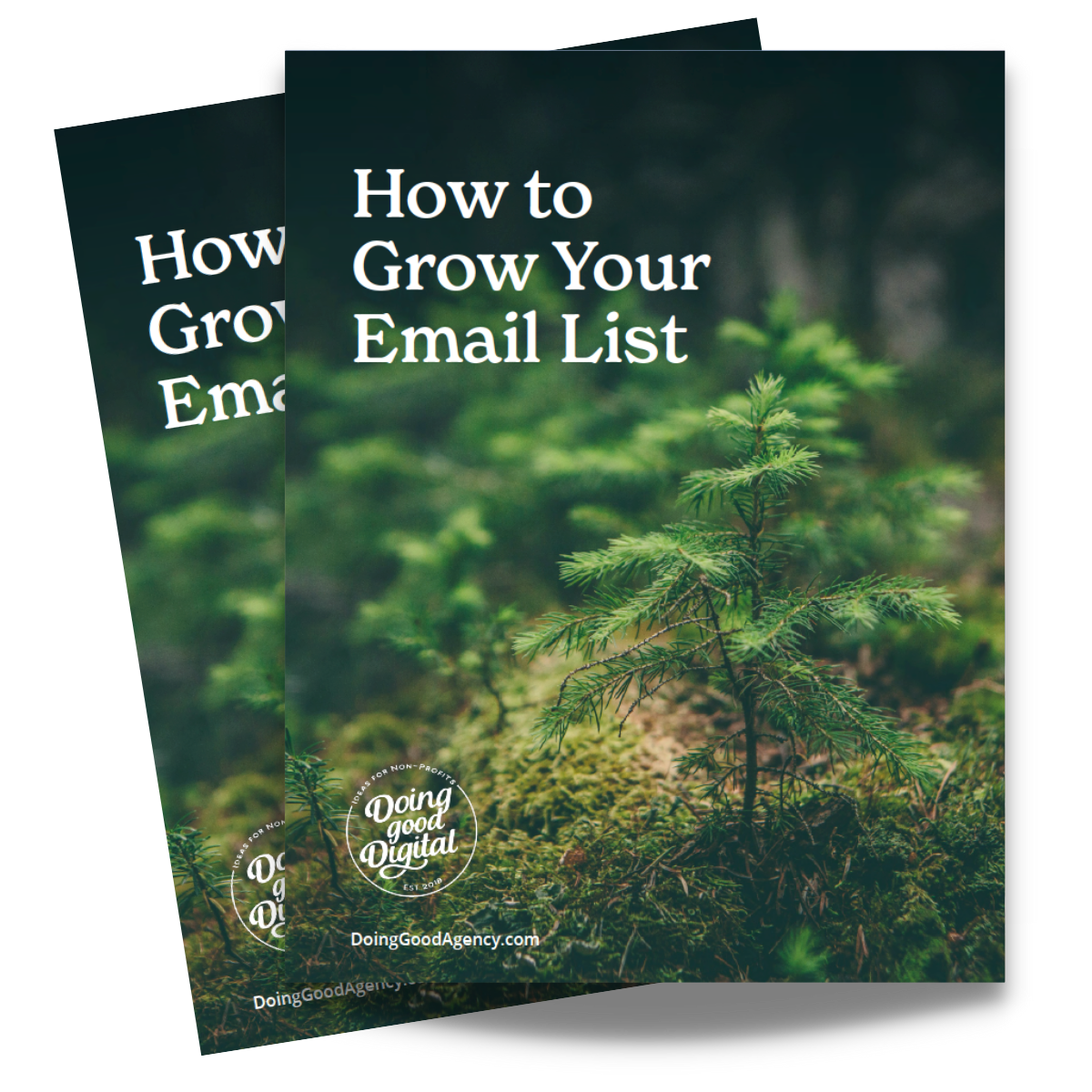What is Donor Retention and Why is it Important?

Great question! Your organization’s donor retention rate is key to understanding the health of your fundraising program. There’s a certain level of churn to be expected in a donor file, but a healthy donor retention rate is fundamental to the longevity of your fundraising program. A good donor retention strategy has two focus areas: converting new donors and connecting with repeat donors.
Donor Retention by the Numbers
- According to the Blackbaud Institute’s Charitable Fundraising Report, the non-profit industry average donor retention rate is 64%.
- Loyal donors are 2X as likely to increase their giving year-over-year.
- On average, repeat donors give 4X the amount an average first-time donor gives.
Convert New Donors
Knowing the giving power and potential of a repeat donor, a major focus for a donor retention strategy is getting your new donors to make their second gift. Donors that come in through acquisition efforts and other new sources are great for adding variety to your donor pool. But that is only the first hurdle. Your next goal is to convert those first-time donors into loyal, repeat donors.
This is a great opportunity to establish a donor journey. There are several different tactics you can use to introduce new donors to your organization, but a well-constructed donor journey makes donors feel valued, important, and like they are part of the team.
In our Digital Fundraising Strategies Guide, we provide recommendations on how to set up a comprehensive donor journey.

Connect with Repeat Donors
Once you’ve converted your new donors into loyal, repeat donors, your strategy shifts slightly. In addition to your donor journeys, create specific touchpoints with your repeat donors that are exclusively about stewardship. Offer specific, segmented communication to repeat donors based on their interests. They’ve shown you that they are invested in your mission. Now is the time to show them how their investment in your organization is making an impact. These stewardship communications invite repeat donors to be more emotionally involved with the mission, making them more likely to give again in the future.
Here are some ideas you can implement in your next stewardship email:
- Showcase a lesser-known program that your nonprofit operates
- Highlight a person who benefits from your nonprofit because of the generous donations from your donors
- Invite donors to tour your facilities
What are some of your favorite ways to engage with your donors with the goal of increasing your retention rate? Let us know in the comments!





